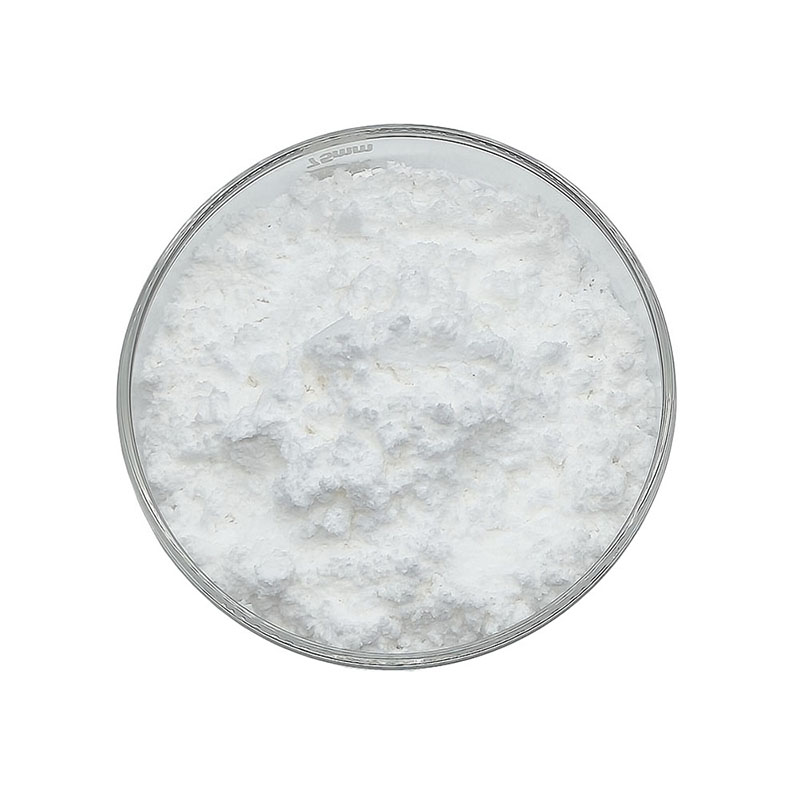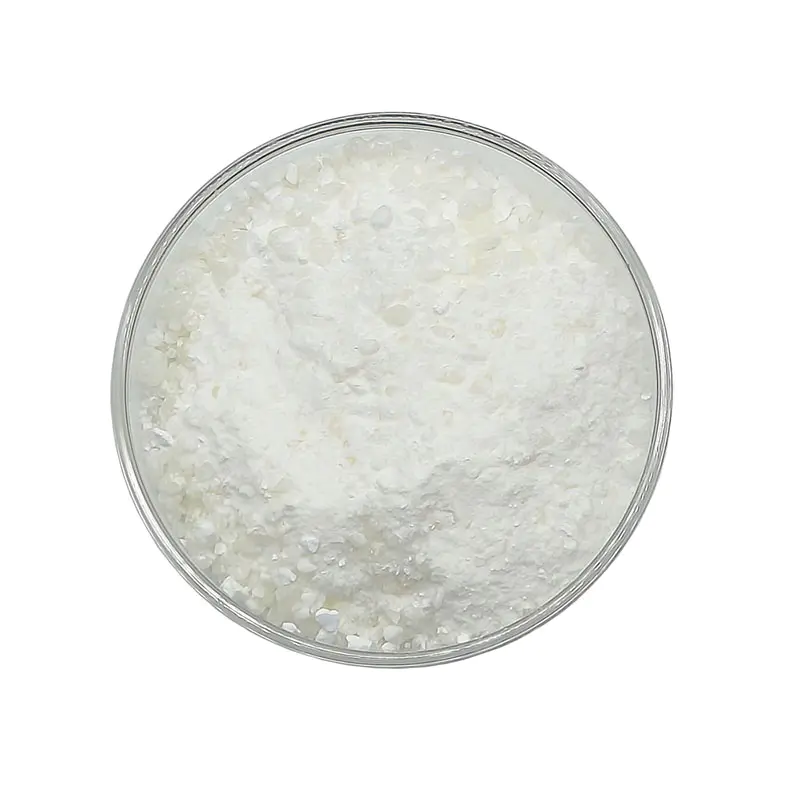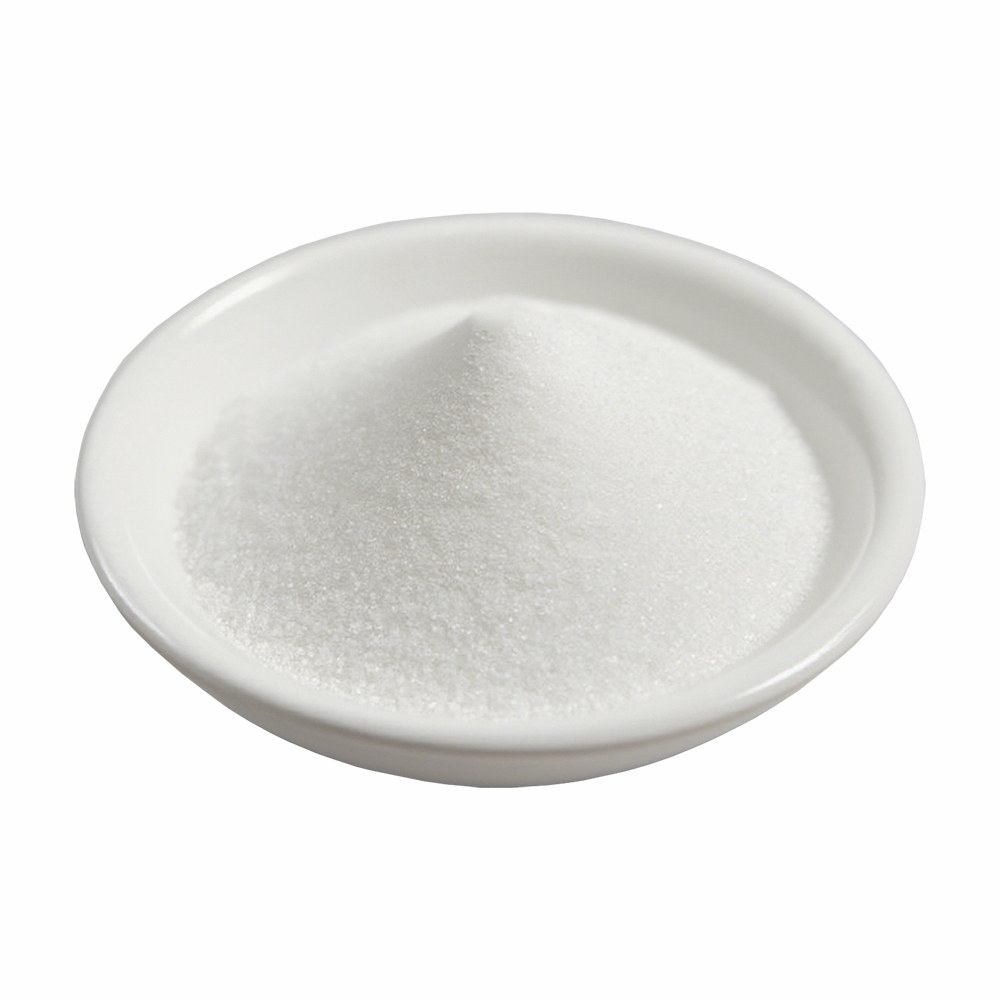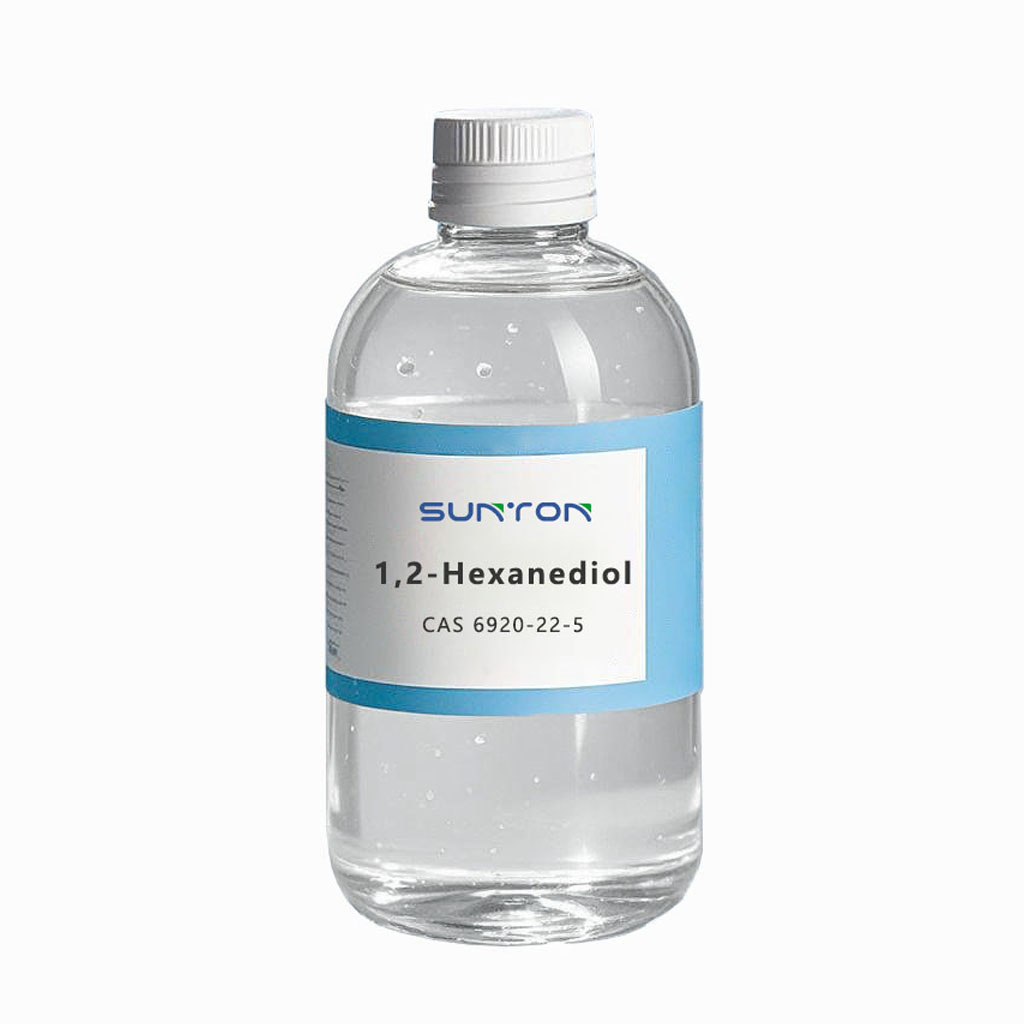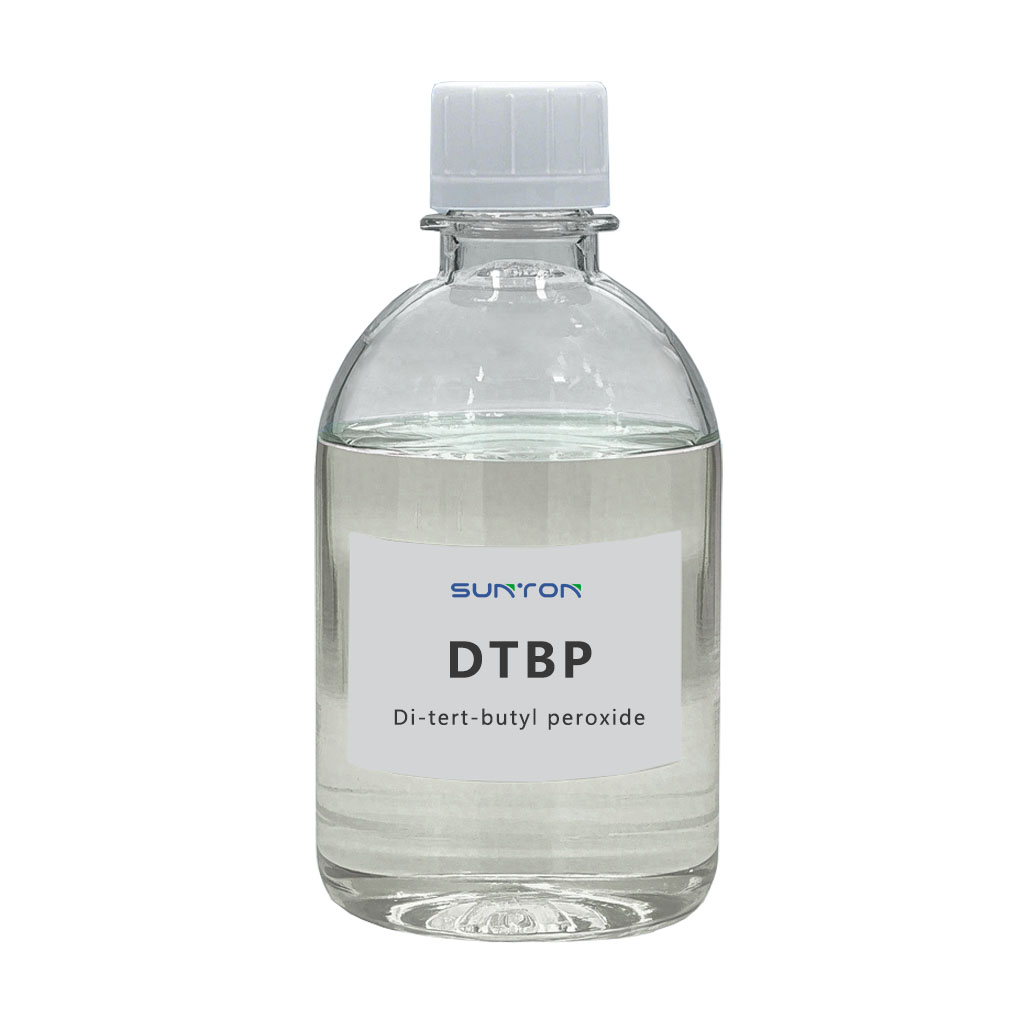Search By Posts
Product Category
Industry News
 By Admin
By Admin
What Is an Organic Peroxides Series and Why Is It Crucial?
An Organic Peroxides Series is a molecular compound that is formed during the multi-step synthesis of a more complex final product, known as an end-product. Think of it as a crucial waypoint on a chemical journey; it is neither the starting raw material nor the final destination, but it is absolutely essential for bridging the gap. These compounds are the unsung heroes of the chemical industry, forming the foundational building blocks for everything from life-saving medicines to advanced materials. Without them, the efficient and cost-effective production of most modern synthetic products would be impossible. This guide will delve into the world of organic peroxides, exploring their applications, how to source them, and the complexities of manufacturing them at scale.
Key Applications of Organic Peroxides Series in High-Growth Sectors
The versatility of Organic Peroxides Series chemistry is what powers innovation across numerous high-stakes industries. Their specific molecular structures and reactive properties allow chemists to construct complex molecules with precision, leading to breakthroughs that define modern life. Below, we explore three of the most impactful sectors where these compounds are indispensable.
-
Powering Medicine: Pharmaceutical Organic Peroxides Series
In the pharmaceutical industry, the journey from a simple chemical to a life-saving Active Pharmaceutical Ingredient (API) is long and complex. pharmaceutical organic peroxides series are the critical stepping stones in this journey. They are used to construct the core molecular framework of a drug, introduce specific functional groups, and ensure the final product has the desired therapeutic effect and purity. The development of a novel peroxide can often be the key patentable element in a new drug's lifecycle.
- Used in the synthesis of antiviral and antibiotic medications.
- Essential for creating chiral peroxides that ensure drug efficacy and safety.
- Enable the production of complex oncology drugs targeting specific cancer cells.
-
Cultivating the Future: Agrochemical Organic Peroxides Series
Global food security relies heavily on the agrochemical industry, which in turn depends on a robust supply of specialized peroxides. These compounds are the precursors to herbicides, pesticides, fungicides, and plant growth regulators. By designing effective peroxides, chemists can create agrochemicals that are more potent, target-specific, and environmentally benign. Understanding the common peroxides is the first step in appreciating this complex supply chain.
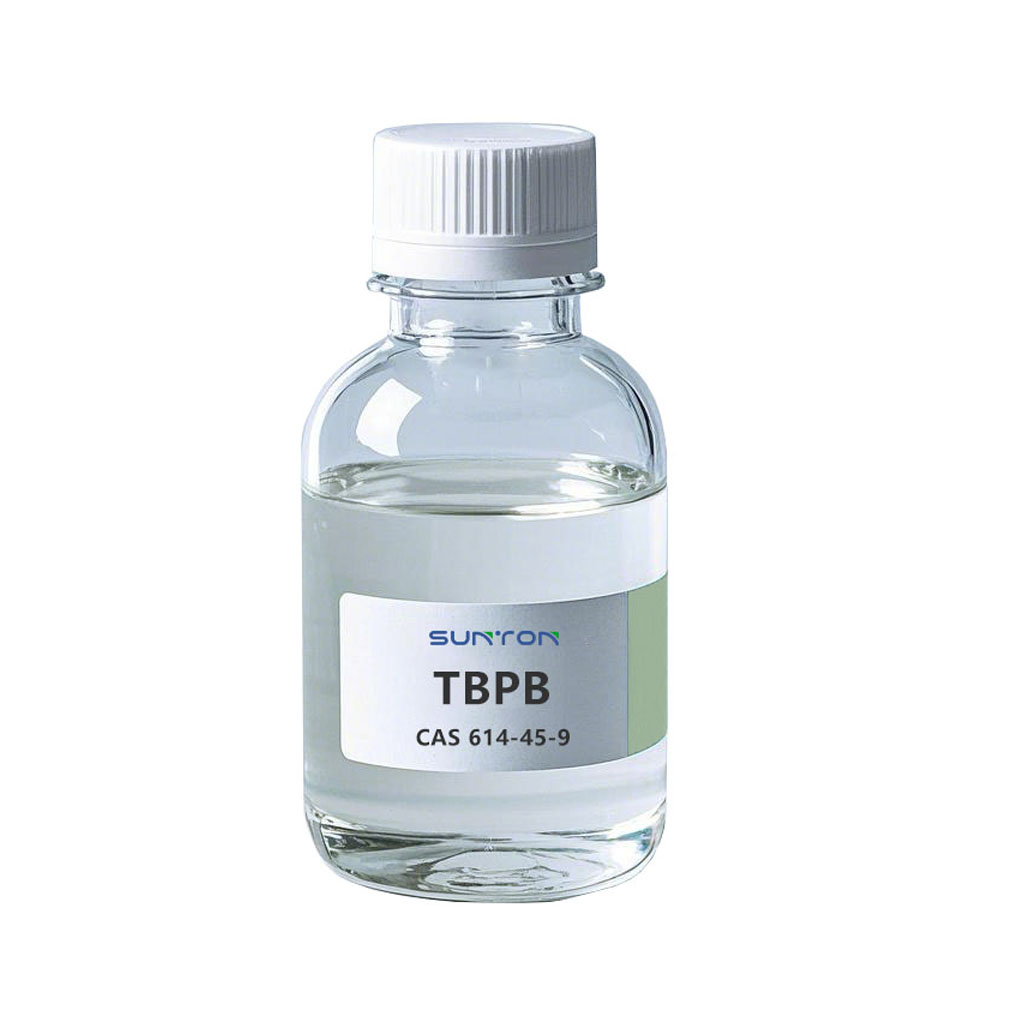
A Common Agrochemical Organic Peroxides Series List
The following table outlines several key peroxides and their primary functions in the agrochemical sector, demonstrating the direct link between these chemicals and the products that protect our crops.
Peroxide Name Primary Application Example End-Product 2-Chloroacetophenone Key building block for herbicides. Various selective weed control agents. Chloropyridines Core structure for neonicotinoid insecticides. Products used to control sap-feeding insects. Triazole derivatives Essential for synthesizing fungicides. Broad-spectrum treatments for fungal crop diseases. -
Enabling Next-Gen Display: High Purity Organic Peroxides Series for OLED
The vibrant, energy-efficient displays on our smartphones and televisions are made possible by Organic Light-Emitting Diodes (OLEDs). This technology is extremely sensitive to impurities; even trace amounts of foreign material can create "dark spots" or drastically reduce the lifespan and efficiency of the device. Therefore, the production of OLEDs relies on high purity organic peroxides series for OLED manufacturing. These peroxides must be synthesized and purified to an exceptional degree, often exceeding 99.99% purity, to meet the stringent demands of the electronics industry.
- Used to create hole-transport and electron-transport layers.
- Form the core structure of light-emitting dopants.
- Purity levels are critical for device color consistency and operational stability.
Sourcing & Customization: Finding the Right Partner
Securing a reliable supply of high-quality peroxides is as important as the chemistry itself. Whether you need a standard catalog item or a unique molecule, choosing the right partner can determine the success of your project. This section covers the two primary avenues for sourcing: selecting a reputable supplier and commissioning a custom synthesis.
-
How to Choose Reliable Pharmaceutical Organic Peroxides Series Suppliers
The market for pharmaceutical organic peroxides series suppliers is vast, but quality and reliability can vary significantly. A poor choice can lead to project delays, compromised product quality, and significant financial loss. A rigorous vetting process is non-negotiable. It's not just about finding the lowest price; it's about finding a partner who understands the regulatory landscape and can guarantee consistent, high-purity products.
When evaluating potential suppliers, consider the following checklist to ensure they meet your stringent requirements:
- Certifications: Look for ISO 9001 (quality management) and, if applicable, GMP (Good Manufacturing Practice) certifications.
- R&D Capability: A strong in-house R&D team indicates they can handle complex syntheses and troubleshoot issues.
- Scalability: Confirm they have the production capacity to meet your needs from gram-scale in the lab to ton-scale in production.
- Confidentiality: Ensure they are willing to sign robust Non-Disclosure Agreements (NDAs) to protect your intellectual property.
-
Beyond the Catalog: The Power of Custom Synthesis of Organic Peroxides Series
Sometimes, a project requires a molecule that doesn't exist on any supplier's shelf. This is where custom synthesis of organic peroxides series becomes a powerful tool. This service involves outsourcing the design and production of a unique compound to a specialized contract manufacturing organization (CMO). It allows companies to access advanced chemistry capabilities without the massive capital investment in their own labs and production facilities, accelerating innovation and protecting proprietary chemistry.
The process of commissioning a custom synthesis project typically follows these key stages:
- Consultation & Feasibility: You provide the target molecule structure, and the CMO assesses synthetic routes, cost, and timeline.
- Process Development: Chemists develop and optimize a scalable, safe, and cost-effective synthesis route.
- Pilot Production: A small-scale batch is produced to validate the process and yield a sample for your testing.
- Full-Scale Manufacturing: Upon successful validation, the full order is produced under strict quality control.
From Lab to Factory: Mastering Production Scale-Up
Successfully synthesizing an Organic Peroxides Series in a laboratory flask is only half the battle. The true challenge lies in scaling up that process to an industrial reactor, a transition fraught with technical hurdles. This process, known as scale-up, requires a deep understanding of chemical engineering principles to ensure safety, quality, and economic viability. Failure to properly manage scale-up can lead to failed batches, safety incidents, and prohibitive costs.
-
The Critical Challenge: How to Scale Up Organic Peroxides Series Production
The question of how to scale up organic peroxides series production is a central concern for process chemists and engineers. The core issue is that physical and chemical phenomena do not scale linearly. Factors like heat transfer, mixing efficiency, and material handling behave very differently in a 10,000-liter reactor compared to a 1-liter flask. A successful scale-up strategy anticipates and mitigates these differences through careful planning and a systematic approach.
The following table contrasts key parameters between lab and production scales to illustrate the unique challenges of scale-up:
Parameter Laboratory Scale (e.g., 1L Flask) Production Scale (e.g., 5000L Reactor) Heat Removal High surface-area-to-volume ratio; easy cooling in an ice bath. Low surface-area-to-volume ratio; requires sophisticated jacket cooling systems. Mixing Magnetic stirrer provides homogenous mixing quickly. Requires powerful agitators; risk of dead zones and poor mass transfer. Material Addition Can add reagents quickly with immediate dispersion. Slow, controlled addition is critical to manage exotherms and prevent side reactions. Key Steps for Successful Scale-Up
To navigate these challenges, a structured methodology is essential. This involves not just chemical optimization but also rigorous engineering and safety assessments.
- Process Optimization: Use Design of Experiments (DoE) to understand the relationship between variables (temperature, concentration, time) and yield/purity.
- Pilot Plant Trials: Validate the optimized process in an intermediate-sized reactor (e.g., 50-200L) before committing to full-scale production.
- Risk Assessment (HAZOP): Conduct a Hazard and Operability study to identify potential safety risks and implement control measures.
- Robust QC/QA: Develop a detailed quality control plan to ensure every batch meets specifications.
FAQ
Here are answers to some of the most frequently asked questions about Organic Peroxides Series chemistry, sourcing, and production.
-
What is the difference between a raw material and an Organic Peroxides Series?
A raw material is a basic, often commodity-grade chemical that serves as the starting point for a synthesis. An Organic Peroxides Series is a more complex molecule that is produced from one or more raw materials during a multi-step reaction sequence. It is a product in its own right but is primarily used as a reactant to create the final end-product. For example, benzene could be a raw material used to create a peroxide, which is then used to synthesize a final pharmaceutical compound.
-
How do I ensure the quality of an Organic Peroxides Series I purchase?
Ensuring quality requires a multi-faceted approach. First, request a Certificate of Analysis (CoA) for every batch, which details purity, identity, and other key specifications. Second, verify the supplier's quality management system through certifications like ISO 9001. For critical applications, especially in pharmaceuticals, conduct your own incoming quality control (IQC) testing to independently verify the CoA. Finally, establish a strong relationship with your supplier, including audits of their facility if possible.
-
Is custom synthesis of organic peroxides series expensive?
Generally, custom synthesis of organic peroxides series is more expensive per kilogram than purchasing a standard, off-the-shelf peroxide. This is because the costs associated with research and development, process optimization, and setting up a dedicated production run are all factored into the price. However, the value it provides—access to unique molecules, IP protection, and accelerated development timelines—often far outweighs the initial cost, making it a highly strategic investment for innovative companies.
-
What are the biggest risks when scaling up production of an Organic Peroxides Series?
The biggest risks in scale-up are typically related to safety and quality. Thermal runaways are a primary safety concern, where exothermic reactions generate heat faster than it can be removed, potentially leading to explosions. From a quality perspective, risks include poor mixing leading to inconsistent product, the formation of difficult-to-remove impurities, and lower-than-expected yields. These risks underscore the importance of thorough process engineering, pilot plant trials, and rigorous safety reviews like HAZOP before full-scale production begins.


 English
English 中文简体
中文简体
